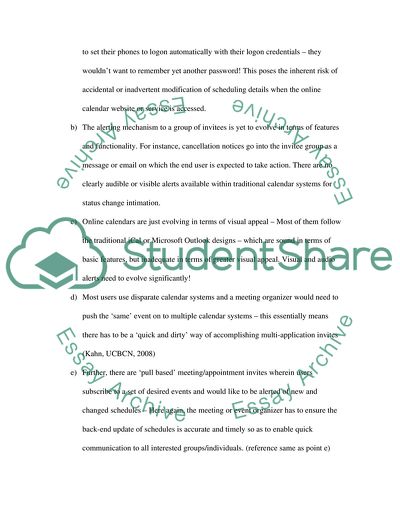Cite this document
(A Shared Scheduling and Meeting Application for the iPhone Case Study, n.d.)
A Shared Scheduling and Meeting Application for the iPhone Case Study. Retrieved from https://studentshare.org/logic-programming/1721607-a-shared-scheduling-and-meeting-application-for-the-iphone
A Shared Scheduling and Meeting Application for the iPhone Case Study. Retrieved from https://studentshare.org/logic-programming/1721607-a-shared-scheduling-and-meeting-application-for-the-iphone
(A Shared Scheduling and Meeting Application for the IPhone Case Study)
A Shared Scheduling and Meeting Application for the IPhone Case Study. https://studentshare.org/logic-programming/1721607-a-shared-scheduling-and-meeting-application-for-the-iphone.
A Shared Scheduling and Meeting Application for the IPhone Case Study. https://studentshare.org/logic-programming/1721607-a-shared-scheduling-and-meeting-application-for-the-iphone.
“A Shared Scheduling and Meeting Application for the IPhone Case Study”, n.d. https://studentshare.org/logic-programming/1721607-a-shared-scheduling-and-meeting-application-for-the-iphone.


